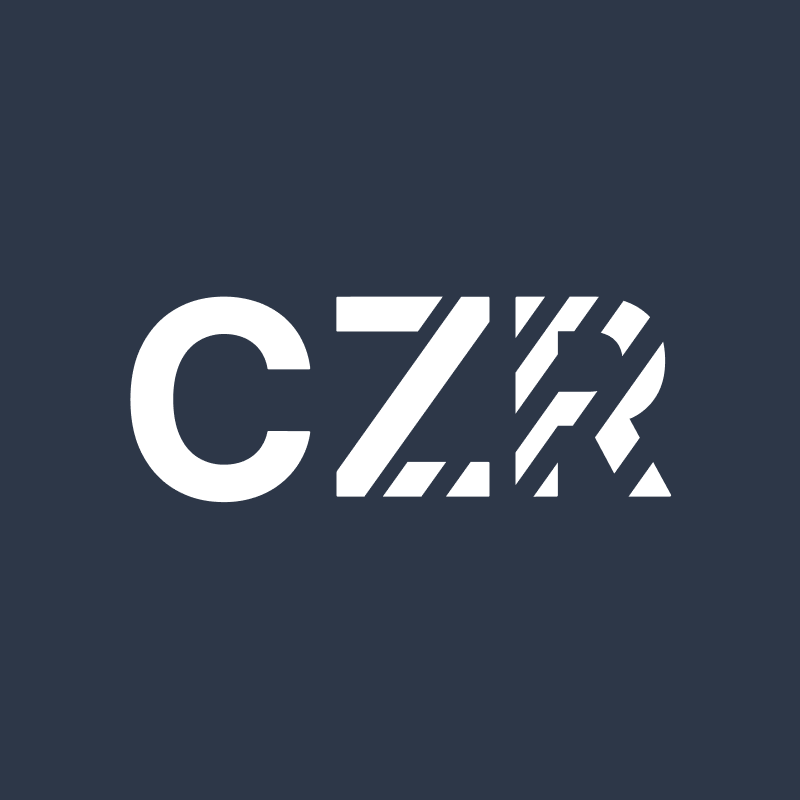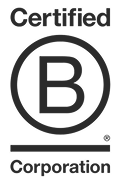It’s been an incredible journey since we launched the CEEZER Carbon Coalition in 2023, and we are thrilled to announce the second cohort of durable carbon dioxide removal (CDR) start-ups. The first participants set the bar for another year of innovation, collaboration, and impact within the voluntary carbon market (VCM).
The CEEZER Carbon Coalition provides start-ups in the VCM with the tools needed to bridge the gap between ideation and commercialization. The program addresses the challenges typically faced by project developers such as increasing buyer awareness, understanding buyer needs, navigating contracts and registries, inventory management, and carbon credit pricing. By featuring those projects on the CEEZER platform, it provides enterprises early access to some of the most innovative removal projects coming to market.
Introducing the second CEEZER Carbon Coalition cohort
The program welcomes early-stage companies pioneering innovative and scalable CDR solutions. It is tailored to companies seeking guidance to commercialize their projects within the VCM and demonstrate the potential for rapid scalability.
This year, over 60 applicants were received spanning across diverse technologies, stages, and geographies – with 60% located in emerging economies. Similar to last year, the quality of projects was phenomenal. Close to 30 biochar projects applied (46% of applications), a clear indicator of supply-side trends of the growing importance of biomass carbon removal and storage (BiCRS) projects. This was followed by enhanced rock weathering (11%), ecosystem conservation (8%), and blue carbon (5%).
From the applications, the following seven start-ups were selected for the 2024 CEEZER Carbon Coalition:
- AirSmat empowers African farmers to optimize crop yields, combat climate change, and earn carbon credits through AI-driven AgTech. Through farm-specific data collection and machine learning, they can democratize the production of high-quality biochar from end-of-life waste to help regenerate soil, sequester carbon, and improve farmers' livelihoods across Africa.
- Heimdal is developing a direct air capture (DAC) system that leverages innovative chemistry and industrial practices to remove CO2 from the atmosphere at low costs. Utilizing a novel limestone-based process, Heimdal aims to launch the largest DAC facility in the US in 2024, followed by immediately scaling up its capacity to permanently sequester one million metric tons of CO2 annually in 3 to 5 years.
- PRONOE is a CO2 removal company that restores the ocean's natural ability to capture and permanently store CO2 from the air in a sustainable, scalable, and asset-light manner. They design and deploy automated water treatment systems that seamlessly integrate downstream of the operations at coastal industrial sites.
- RECOAL uses Hydrothermal Carbonization technology to significantly reduce atmospheric CO2 emissions by converting waste biomass into hydrochar, also known as Negative Emission Coal (NEC). A patented process ensures that the NEC remains stable for permanent storage in underground vaults without harming the environment.
- SeaO2 is an ocean carbon removal company developing technology to sequester CO2 at gigaton-scale. Their Direct Ocean Capture technology extracts CO2 from the ocean's surface in a scalable and cost-effective manner. Through an electrochemical reaction, dissolved inorganic carbon is gasified and extracted from the water to be stored permanently through third-party providers.
- Silica works directly with smallholder farmers to permanently sequester CO2 and improve their crop yields. Silica uses enhanced rock weathering to improve the health and absorptive capacity of farmland.
- ZeroEx is developing high-quality and regionally focused enhanced rock weathering projects to permanently remove CO2 from the atmosphere. They are creating scalable carbon removal projects that have significant benefits for local farmers and soil health.
The selection process
The selection process was no easy feat due to the high number of promising applications. However, after careful consideration, we were able to select seven projects that we believe would benefit the most from the program.
“As we kick off the second year, we are once again impressed by the quality and quantity of projects that applied. This, of course, didn't make the selection process easy, but we are excited to support the final seven companies on their journey to market access,” said Dr. Carla Woydt, CEEZER’s Chief Impact Officer
To navigate the selection process, the shortlisted projects were assessed against five key parameters that align with CEEZER’s mission and program offering.
- Impact potential: First and foremost, The project's overall potential for substantial carbon removal was evaluated, with the goal of supporting those believed to have the largest environmental and social impact. This included factors such as technology scalability, potential capacity at large scale, and understanding the project's co-benefits.
- Demand potential and business validity: For a project to succeed, there must be a clear market for its credits. CEEZER therefore assessed if the project had the potential to competitively price its credits in the market, in addition to its long-term potential of financial stability.
- Innovation and uniqueness: CEEZER values projects that bring something novel to the table. The ingenuity of the projects was therefore assessed by examining their technical approach in comparison with the market.
- Expertise and execution: Success relies heavily on the capabilities of the team and their implementation plan. The team's relevant expertise in areas such as technical knowledge, financial acumen, and commercial understanding were therefore reviewed. The clarity and feasibility of their implementation plan were also evaluated.
- Program fit: Finally, the compatibility of each project with the program was assessed to ensure that those selected would derive maximum benefit from the Carbon Coalition. With the aim being to provide the right support at the right time, ensuring the selected projects can make the most of the resources and expertise on offer.
Bridging the gap: supporting early-stage project developers
The CEEZER Carbon Coalition was born out of a clear need to support early-stage project developers in their journey toward commercialization after CEEZER identified the role it can play in de-risking early removal off-takes. The program was thus designed to provide the resources and guidance needed for early-stage companies to access enterprise-level customers.
The need for the program was mirrored by applicants, with start-ups indicating they seek support to increase buyer awareness (25%), understand buyer needs (24%), learn about contracting (18%), gain a comprehensive market overview (17%), and grasp credit pricing (16%).
Looking ahead: The future of CEEZER Carbon Coalition
As the second CEEZER Carbon Coalition cohort kicks off, incredible talent, dedication, and progress can be observed across all members of the second cohort. The overwhelming response to the program reinforces its urgency and necessity within the industry.
CEEZER is always on the lookout for the next groundbreaking project developer, whether established or just starting out. The third application window is set to open in late 2024, and we encourage interested companies to visit the program page to learn more and express their interest in future cohorts.
.jpg)




